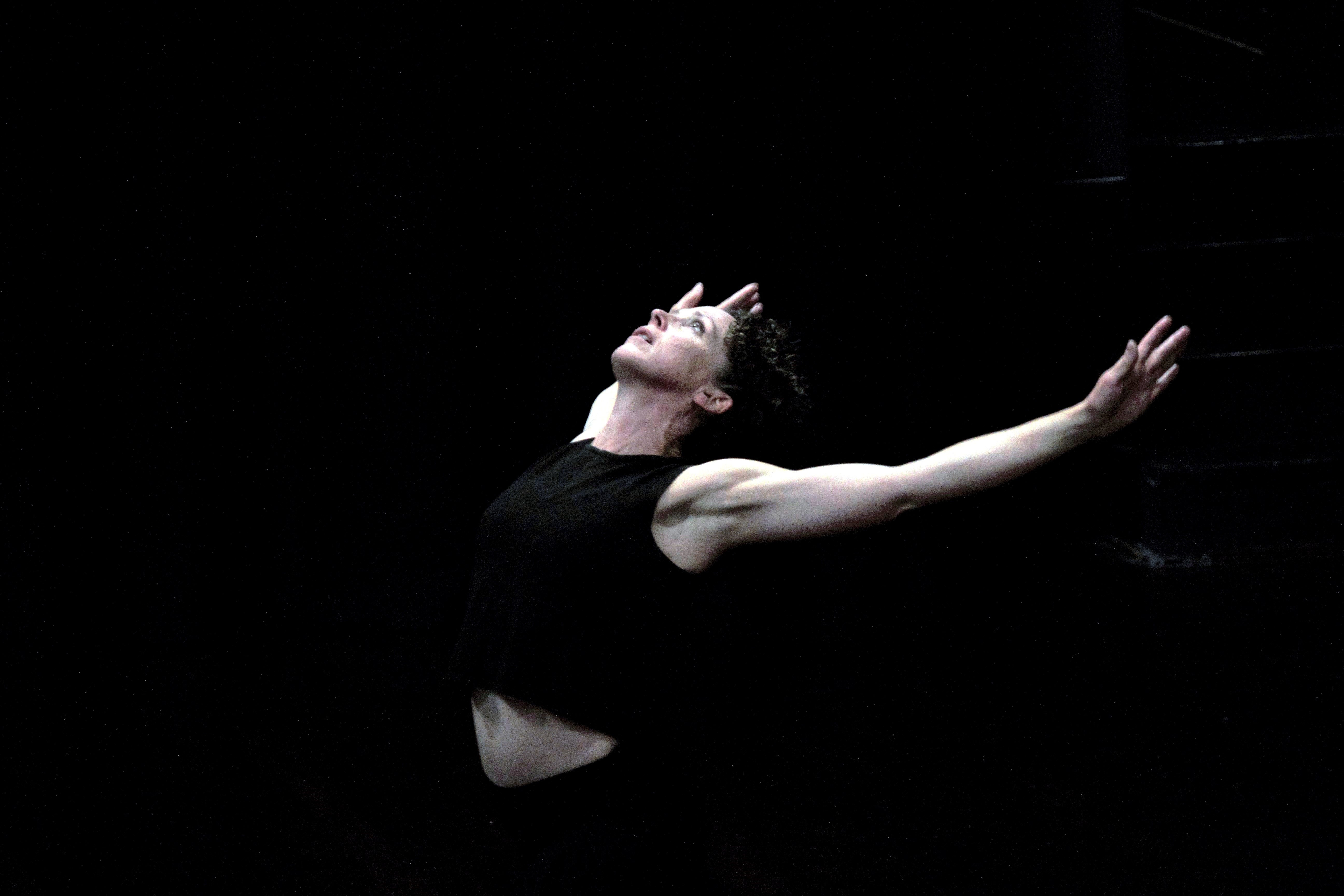Cover image: Michelle with Good Times program participant
In Conversation with … Michelle Weiner
Creative Ageing Consultant
One of the many powers of the arts is its ability to cross age, health, socio-economic and ethnic divides and “tap into your very essence”.
The arts is “a central point to make connections and draw out what makes us the same, but at the same time, what makes us uniquely different”.
Anyone can learn from a work of art and anyone can create, according to Michelle Weiner, an artist and creative ageing consultant, who spent six years directing community programs at Dulwich Picture Gallery in London.
She will present ‘Barriers, Budgets and Baked Goods: Adventures in Creative Ageing with England’s Oldest Art Gallery’ at the International Arts and Health Conference.

Having been involved for years in the gallery’s Good Times: Art for Older People as well as its more recent Mini Masterpieces program for children 6-24 months, Michelle said she could say “hand-on-heart I truly know the transformative effect of the arts from birth up”.
She believes anyone can learn from a work of art and anyone can create.
“I’ve seen babies as little as eight months old explore paint and paint brushes for the first time, and very rarely do you see them all do the same thing. As early as this, you can see expression of sensitivity to texture, colour, likes and dislikes.
“On the other end of the spectrum, are older adults – just because they haven’t participated in any art since school doesn’t mean that they’ve somehow ‘missed the boat’.
“We can be very prejudiced about learning … I have seen people living with dementia retain new information and someone who had never engaged in printmaking before be inspired to make a printing-press out of kitchen utensils to make Christmas cards.”
She said at some of the artmaking workshops for people with dementia and their carers, it would be a challenge to the outsider to recognise who had a diagnosis just by looking at their work.
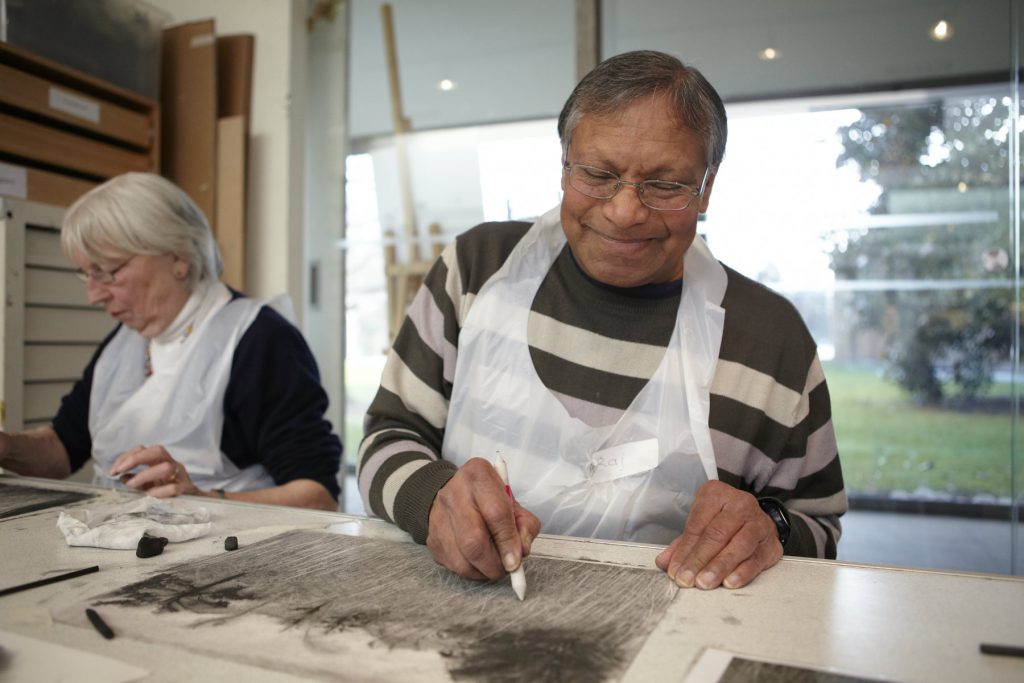
Because the arts work as a ‘leveller’, she said she looked at museums as great ‘melting pots’ where ideas could be exchanged and collections scrutinised.
“Does it matter that you’ve not read Art History at university or that you don’t speak the same language as the painter whose work you are inspired by? No,” she said.
“The collections themselves are not to blame for the divide that has happened with gallery attendance, it’s the people who look after them.”
She does not believe in museums and galleries being “quiet, sacred places only for the cultural elite” and said museum professionals are increasingly throwing off a lot of the intellectual snobbery of the past and looking to their audiences to co-create with them.
“Capturing a new audience means being committed long-term. Flash-in-the-pan, one-off, projects won’t get repeat visitors. People have to know what is inside is for them and that they can be part of that story,” she said.
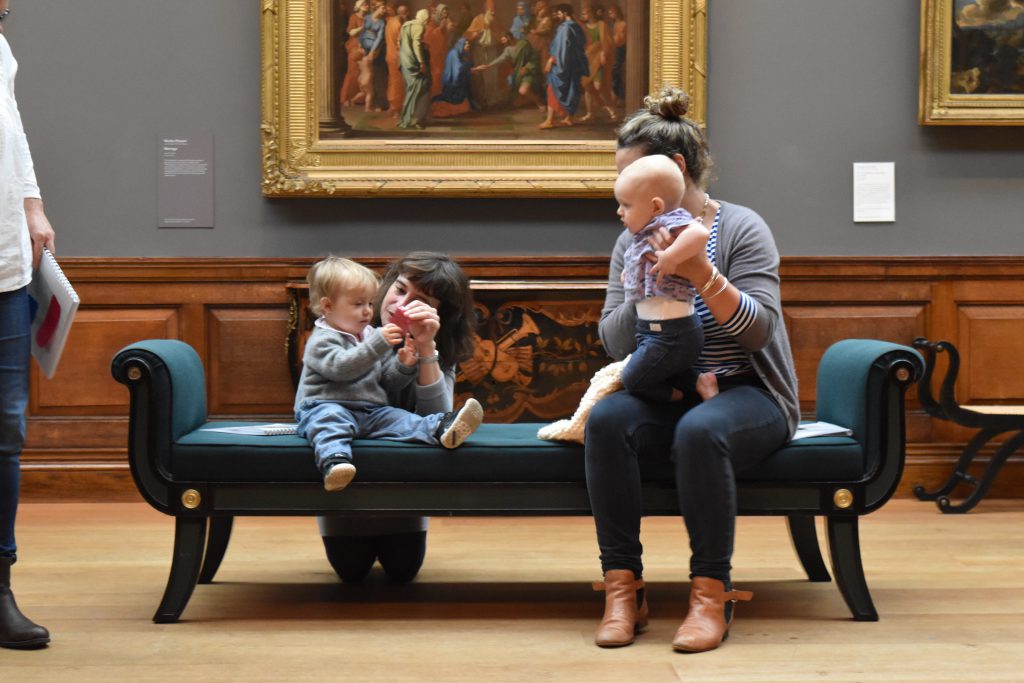
And that, to a large extent, is the secret to Dulwich Picture Gallery’s success. Despite being a national gallery, being in a village, it is very community-focused, and the locals are not just extremely involved, but devoted to the gallery.
“Being England’s first purpose-built public art gallery means that it was created for everyday people and this underpins the work of the Education team especially,” Michelle said.
The gallery has hosted award-winning programs for 30 years, with its smaller size and private operation allowing it to ‘push the boundaries’ rather than getting tied up in the red tape of larger government-run facilities.
“I think museums are coming around to the idea that counting visitors doesn’t tell us much about the quality or impact of the experience and that sustaining a museum is as much about being relevant now to the lives of the visitors (and beyond) as it is about accounting for the past,” Michelle said.
The impact of the Mini-Masterpieces program, she said, was holistic, incorporating social, sensory and creative elements, and was as much for the child as the adult with whom they attended the sessions, which begin in the gallery and end with art-making.
“This is an age where a child is rapidly developing through sensory and physical exploration so the program is designed to support this through accessible, manageable and safe materials which will aid their explorations,” Michelle said.
“The child and adult have the opportunity … to enter into a full partnership where they can explore and learn together.”
In a similar vein, the Good Times: Art for Older People program encourages equal participation from carers and participants with a particular diagnosis such as dementia.
“I’m always surprised by how quickly older participants engage in these sessions,” Michelle said.
“There is hesitancy, of course, but generally, with good tuition, participants can achieve a good end result. This is what builds confidence – an achievable task that looks complex.
“I love it when a person living with dementia can’t believe that they have created the painting you hold out in front of them.
“I think it’s this validation that can’t be underestimated. Having your output, your creation venerated is huge if you feel invisible, or not worth the time.”
Another important element of the program is social interaction, with figures of social isolation in the UK including that only one in five older people has regular contact with their family, at least 800,000 people have dementia and five million older people name the television as their primary companion.
“Older people can go weeks without any meaningful interaction with other people,” Michelle said.
“What these experiences give people is the chance to express themselves, to be heard and be appreciated. I remember a lady saying to me, ‘how nice of you to spend the time with me, no one usually bothers’.
“I would argue that this is why, while there are physical and cognitive benefits for taking part in arts activities even in your own home, the emotional and mental benefits are profound if one can experience this as a group.”
Program outcomes include opportunities for self-expression, autonomy, social interaction, increased confidence, resilience, improved communication, self-esteem and morale.
And it doesn’t all come down to painting, with participants sometimes challenged to sing, use a new material or write poetry.
“Sometimes people have profound difficulties with mobility and fine-motor skills or severe visual impairments. The reason why this job is so challenging for us as facilitators and artists is that we need to use our creativity to adapt the session to make the task appropriate to accommodate all these disabilities,” Michelle said.
“There are no rights or wrongs, dos or don’ts, or goods and bad. Without absolute answers, everyone can be involved.”
- Michelle Weiner is giving a plenary presentation on ‘Barriers, Budgets and Baked Goods: Adventures in Creative Ageing with England’s Oldest Art Gallery at the 9th Annual International Arts and Health Conference – The Art of Good Health and Wellbeing – from October 30 to November 1 at the Art Gallery of NSW. artsandhealth.org.au/ #artshealth17 Alison Houston WriteDirection gc
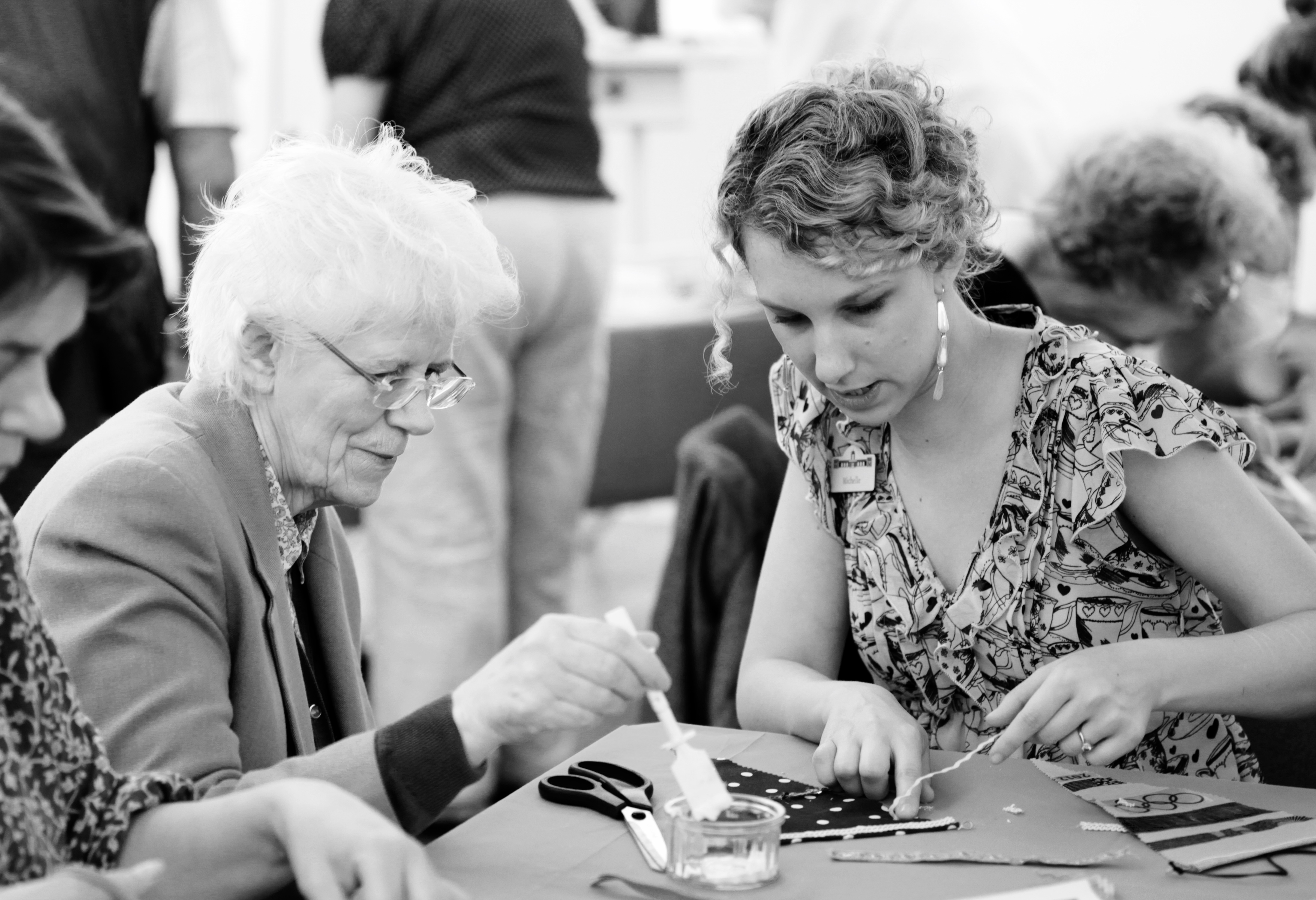
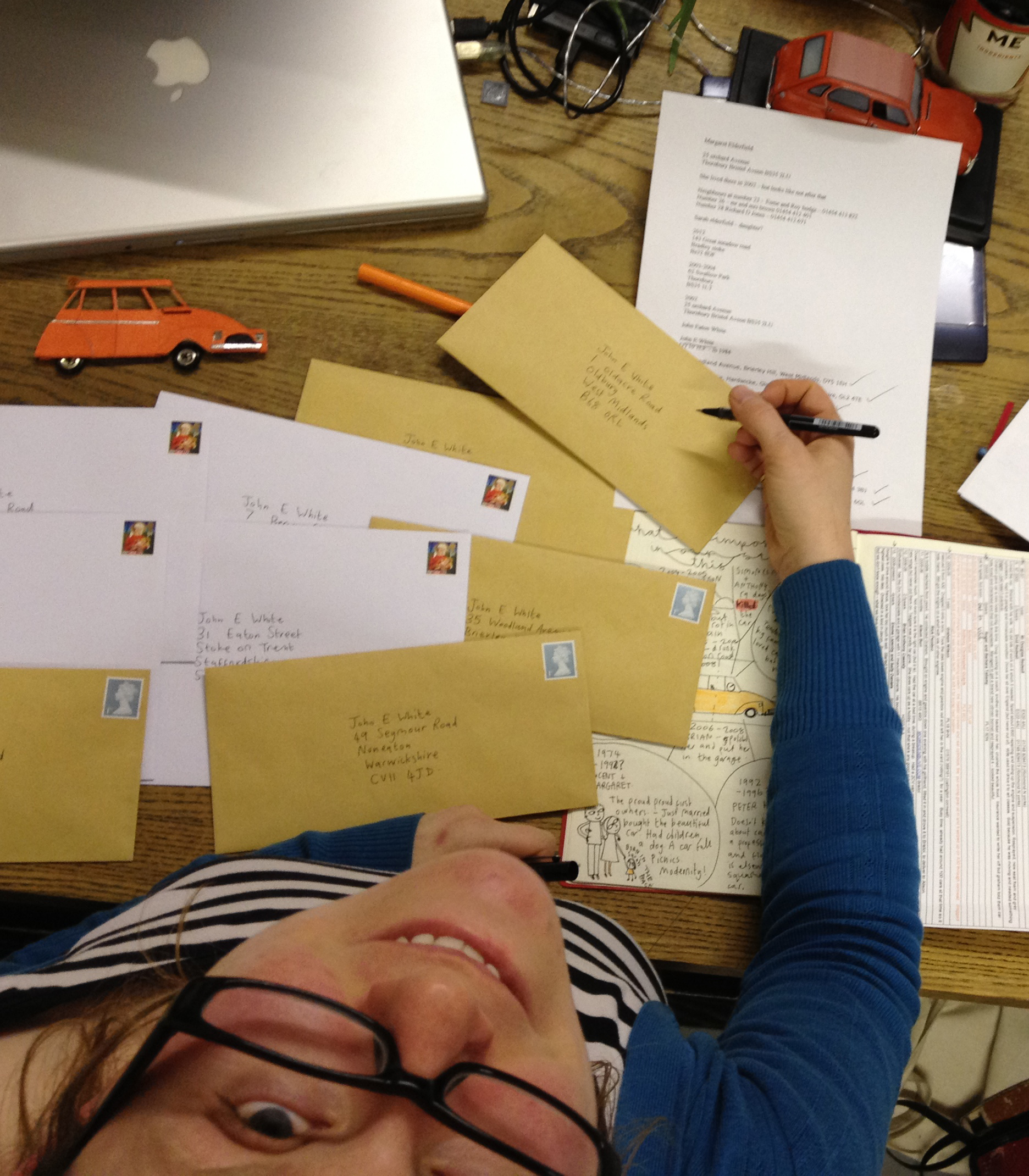

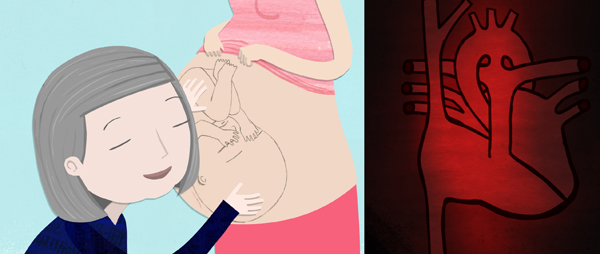
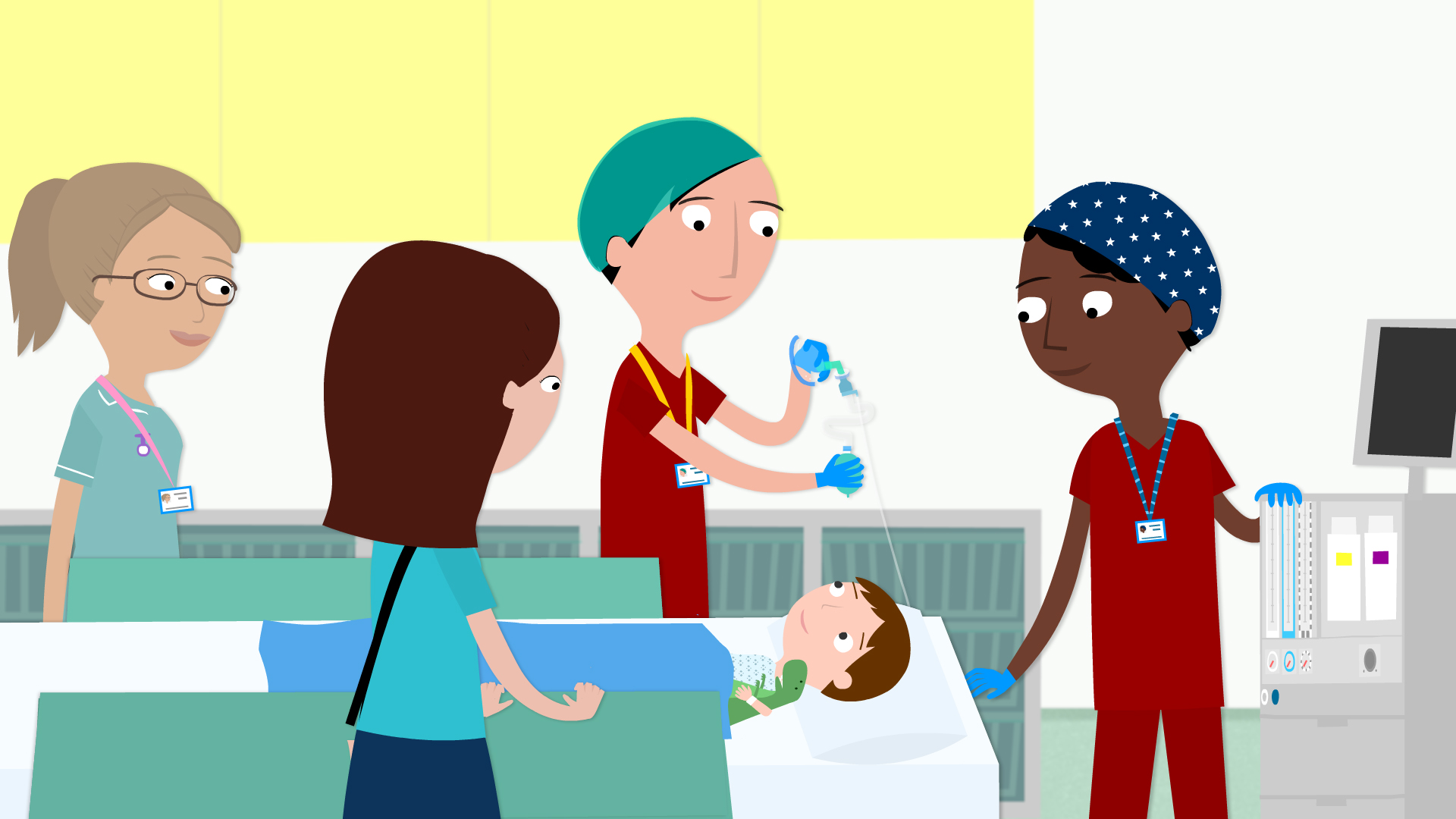
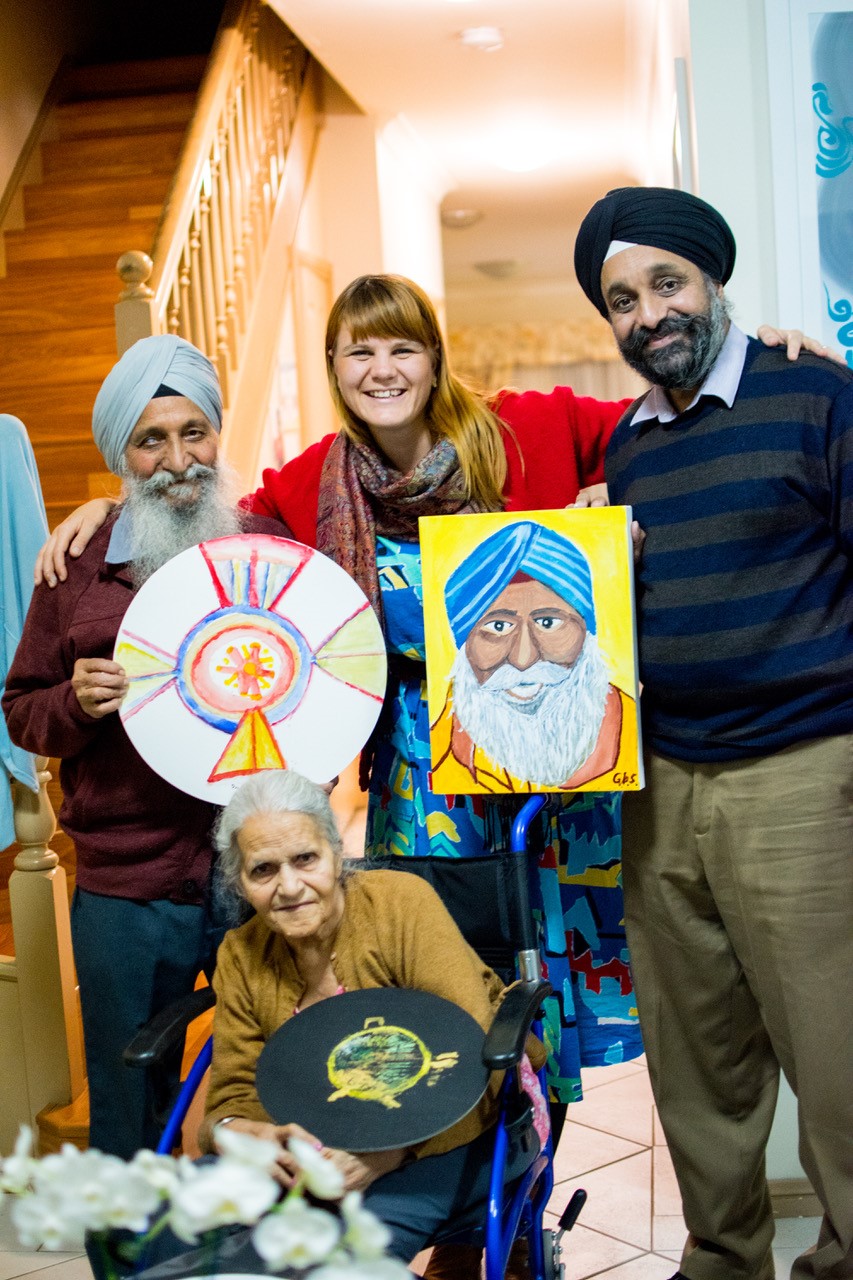
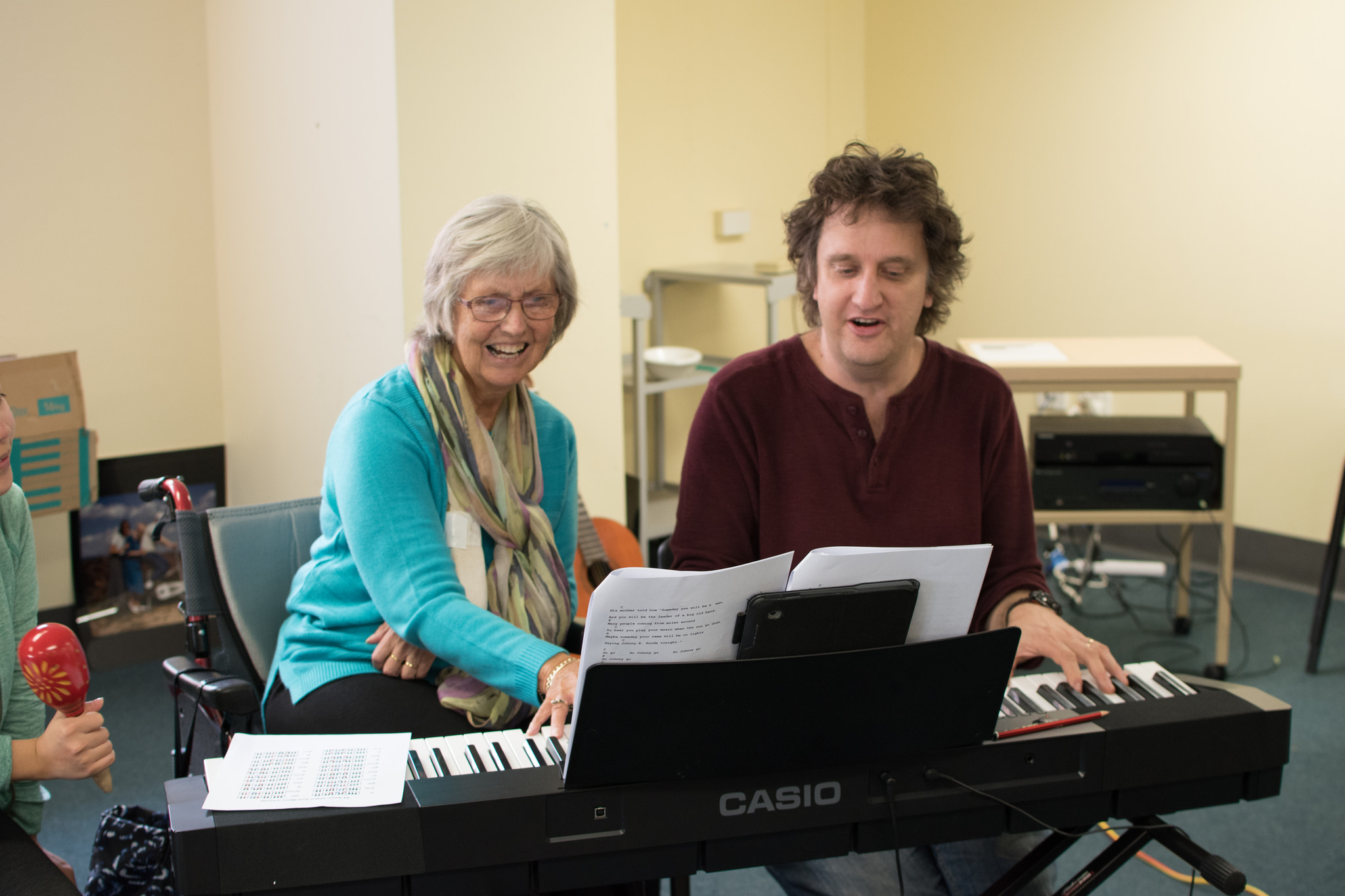
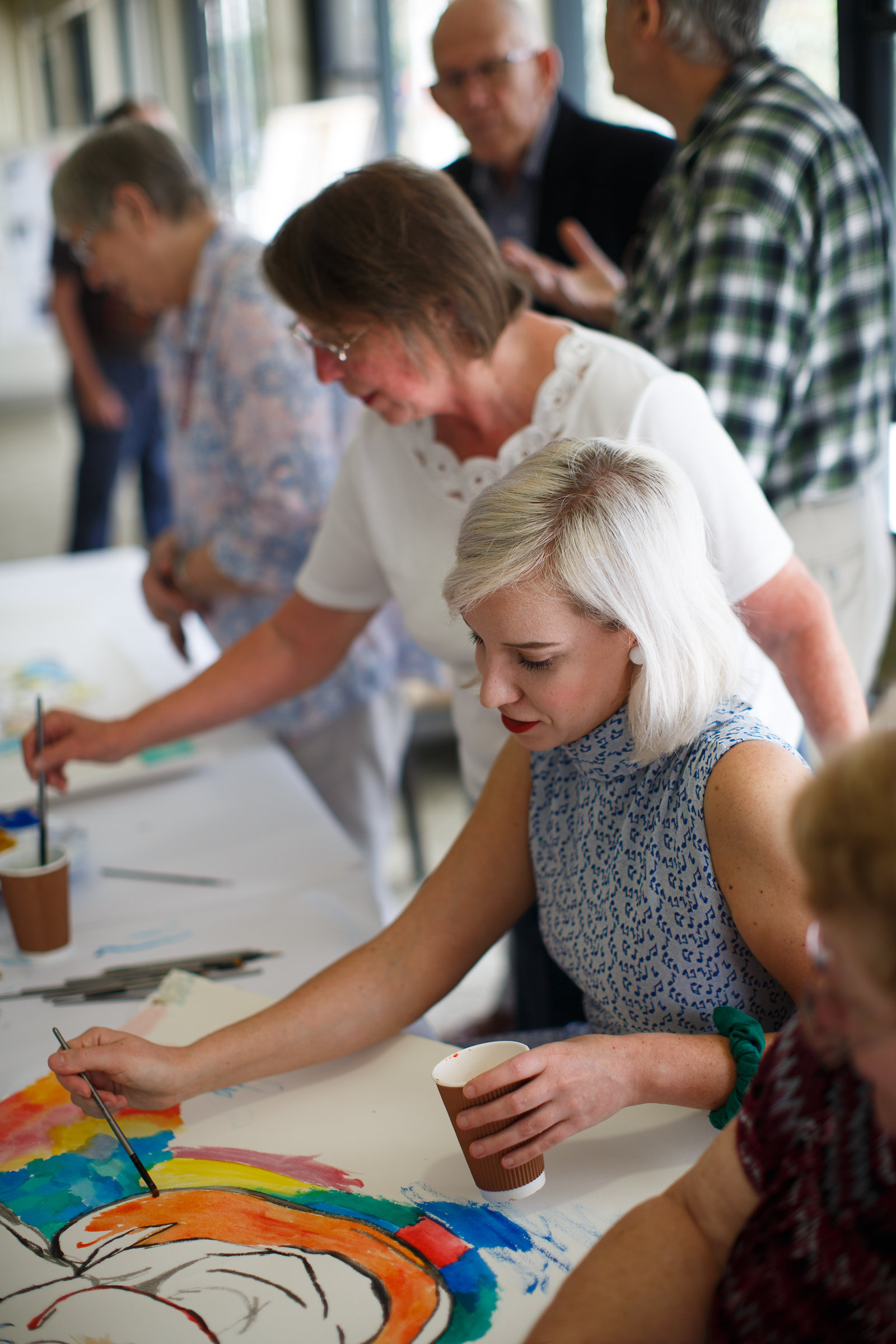
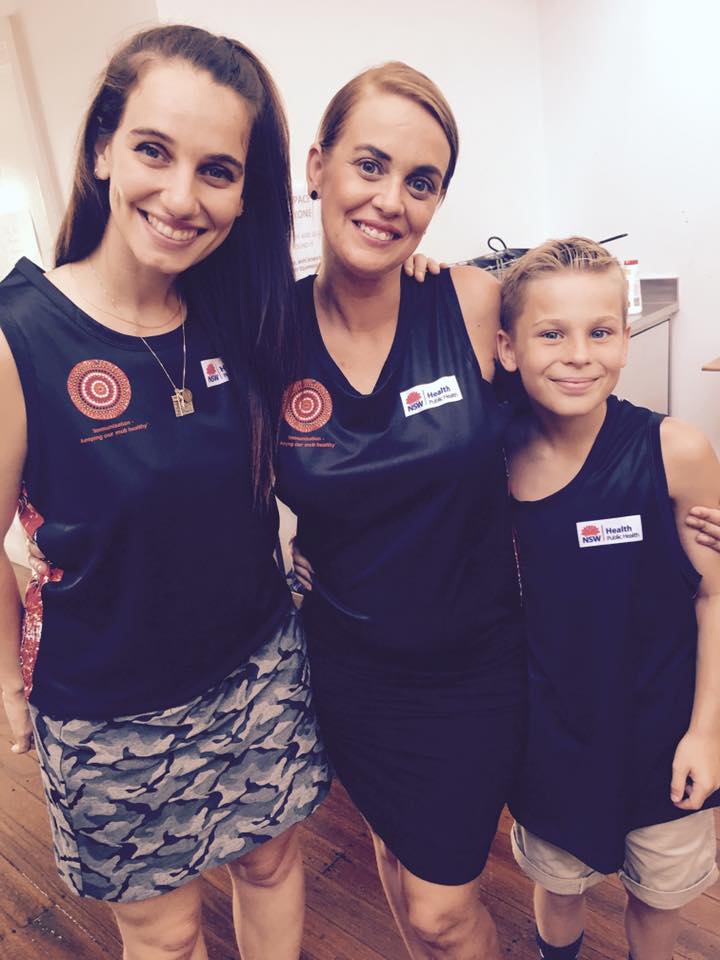
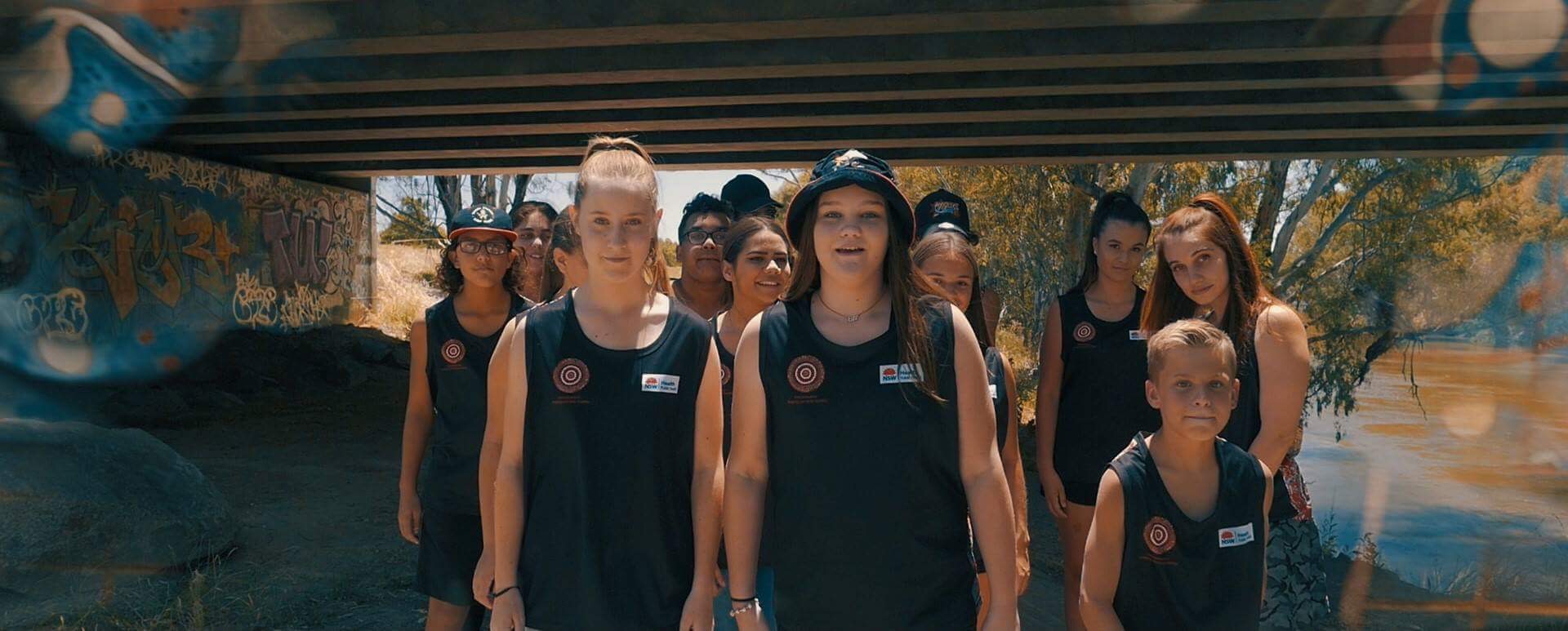
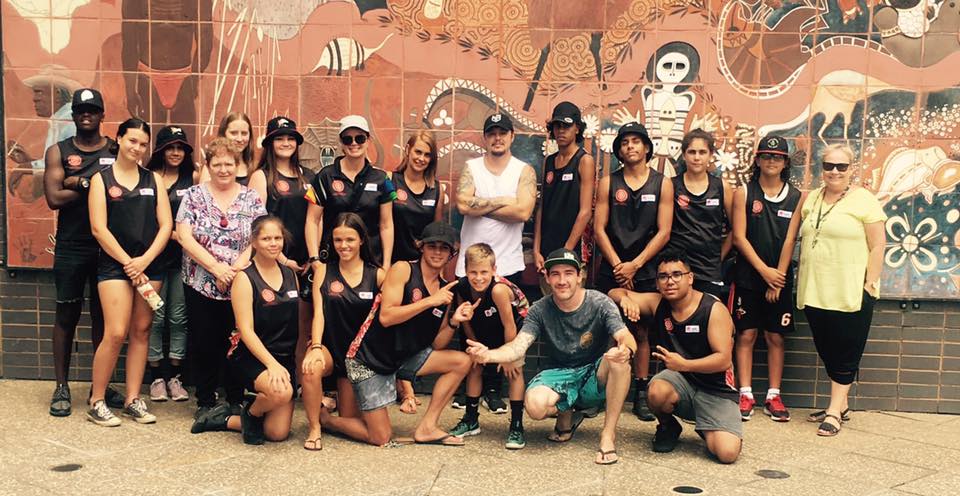
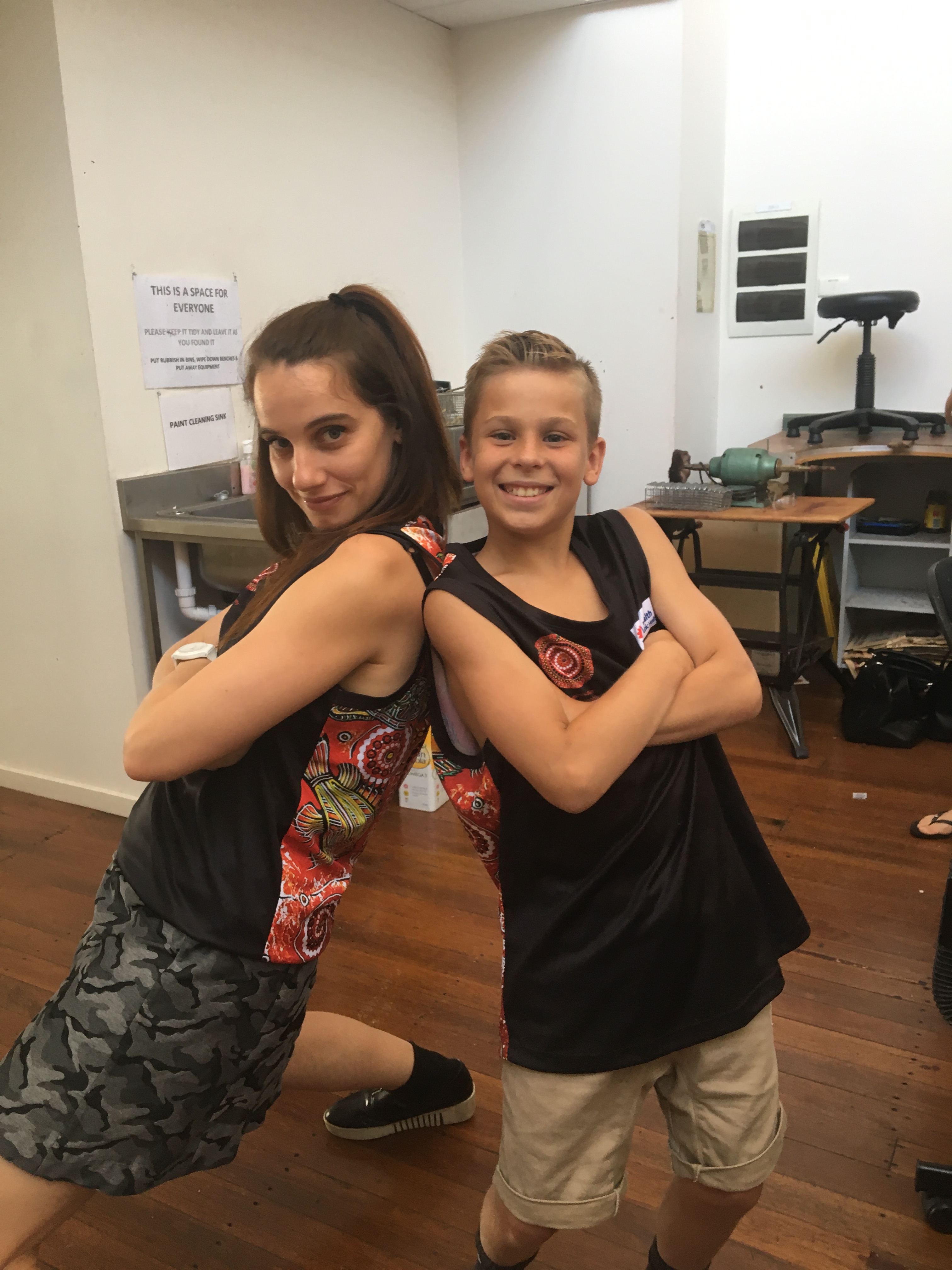
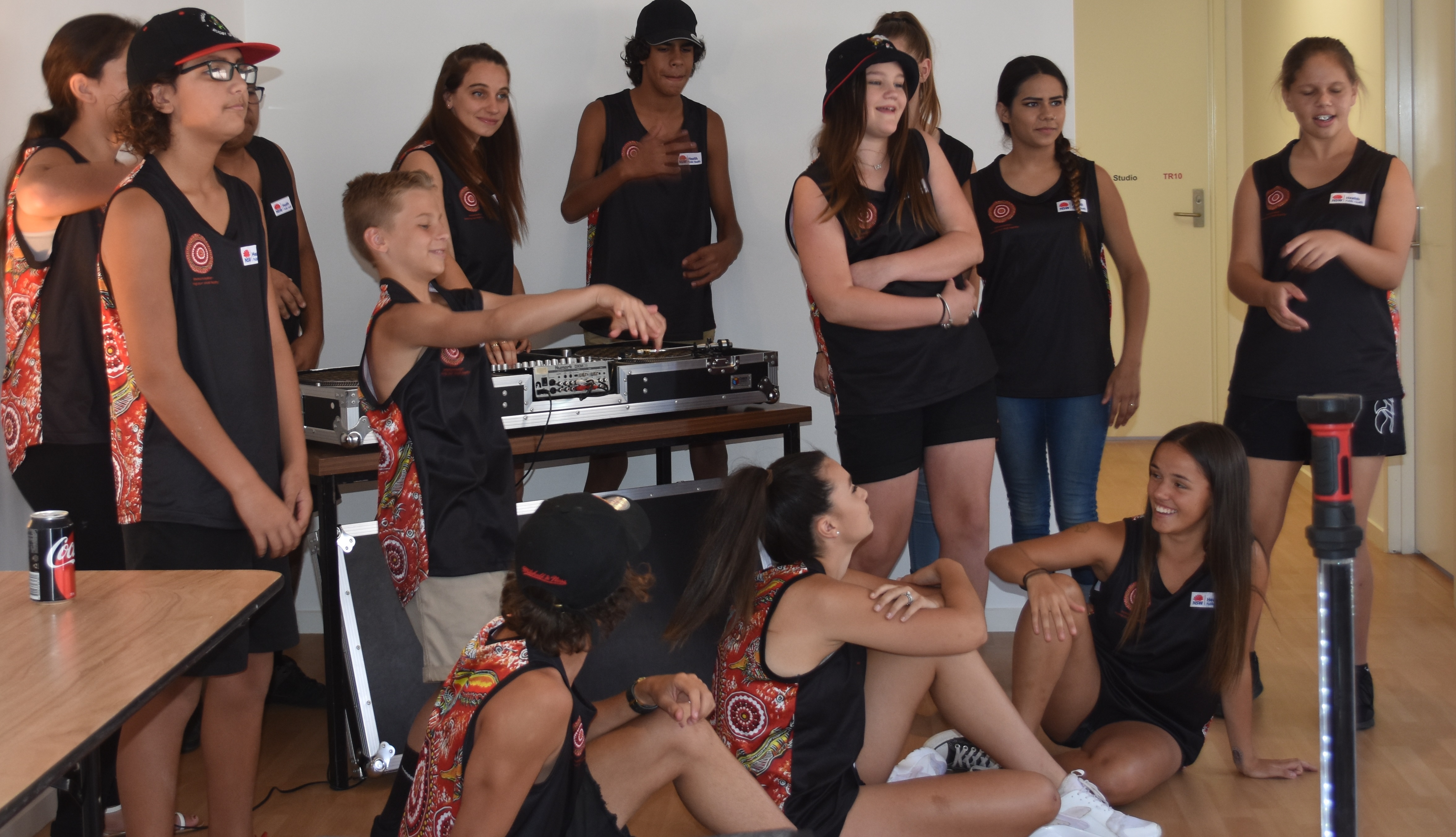
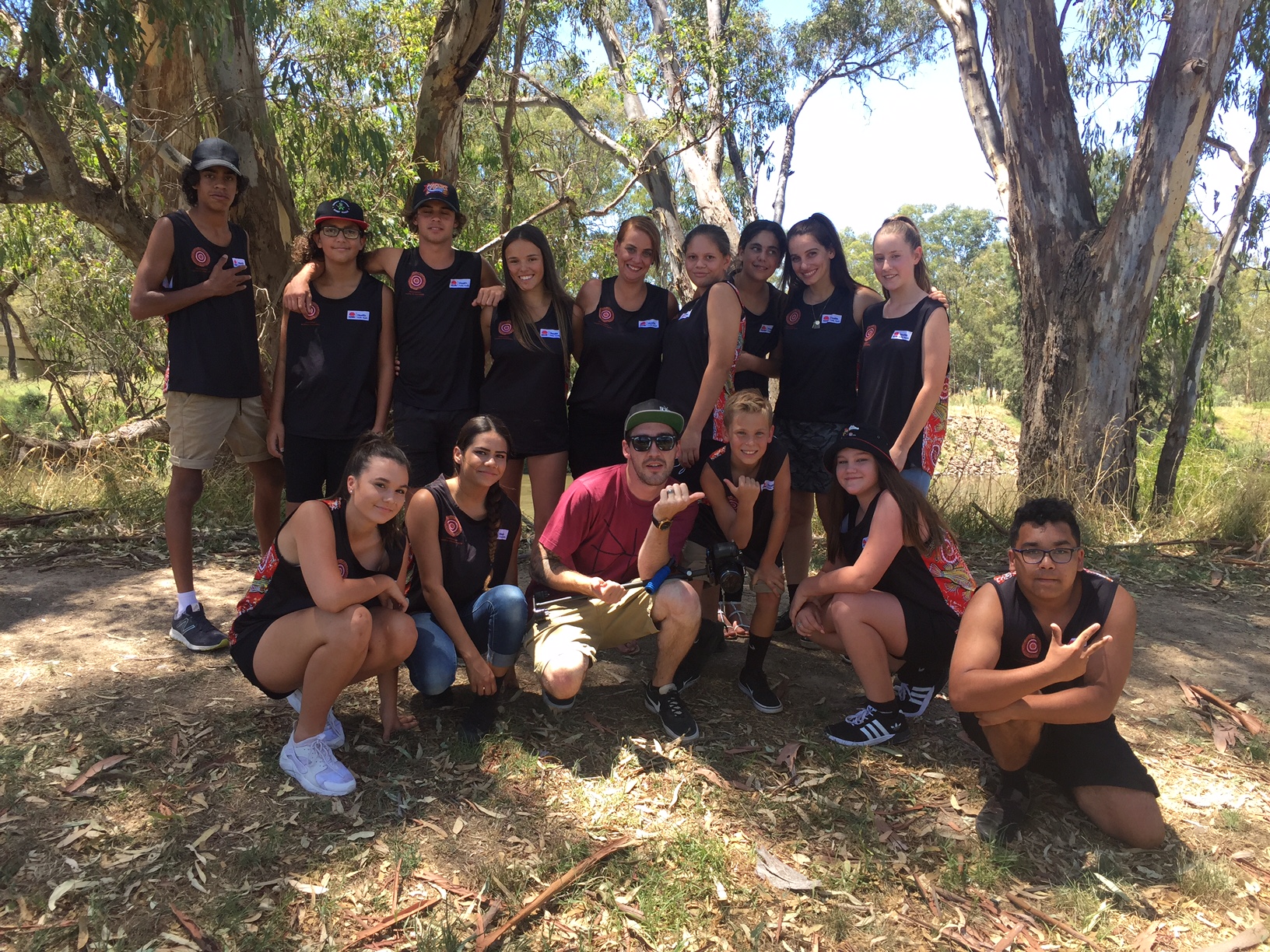
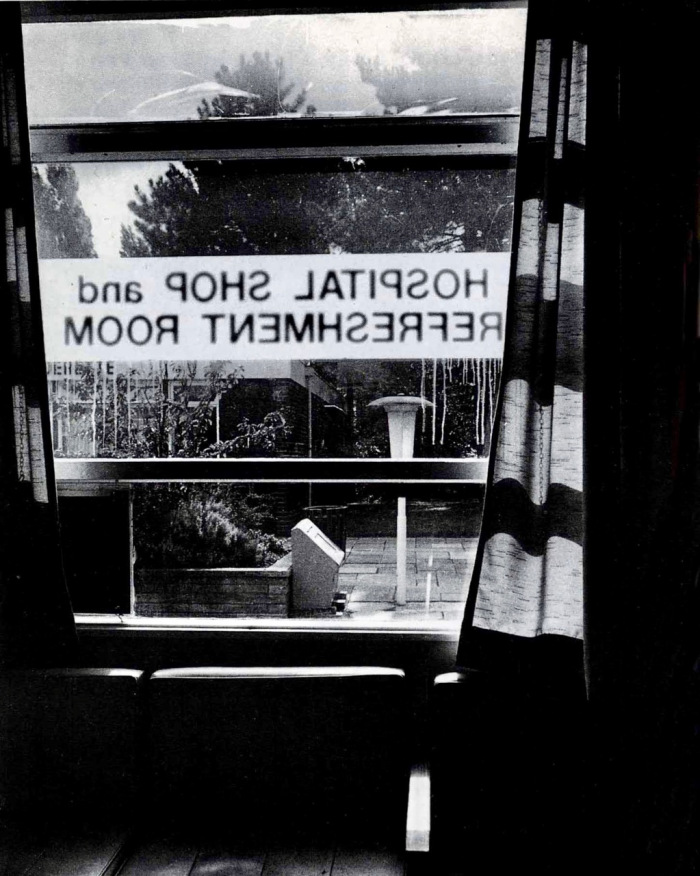

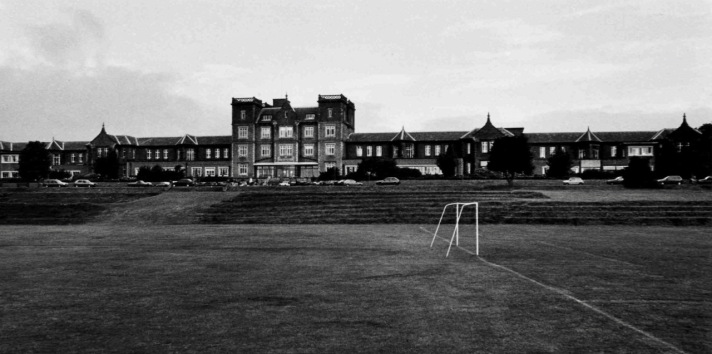

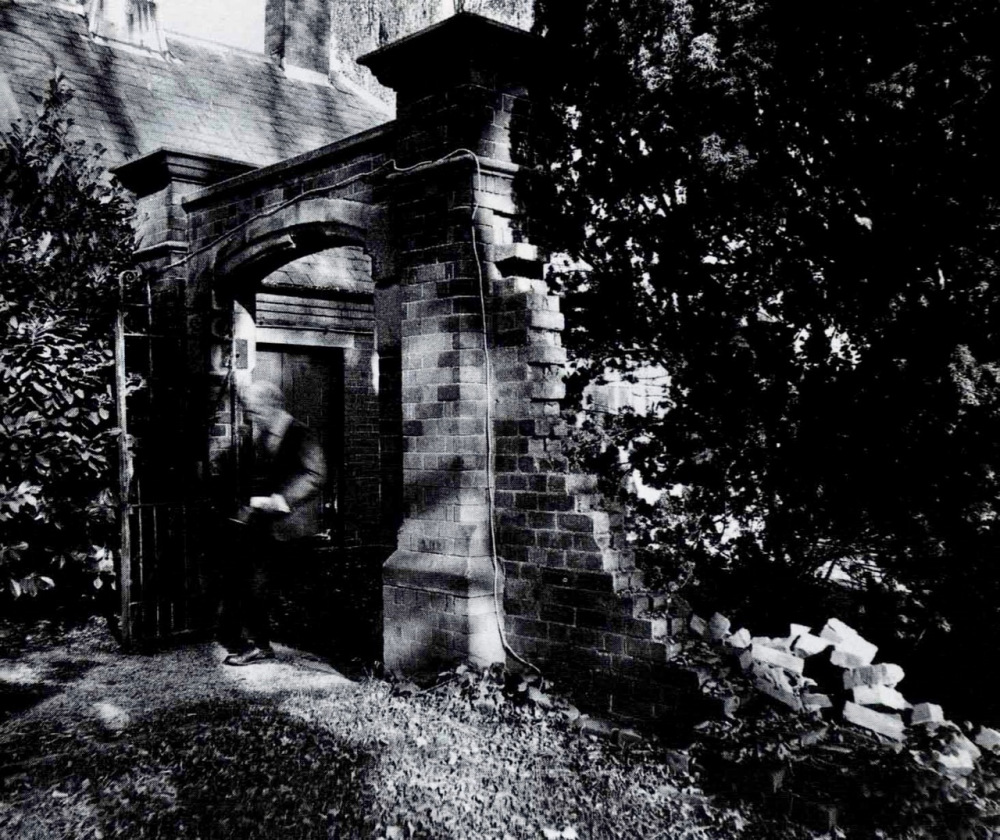

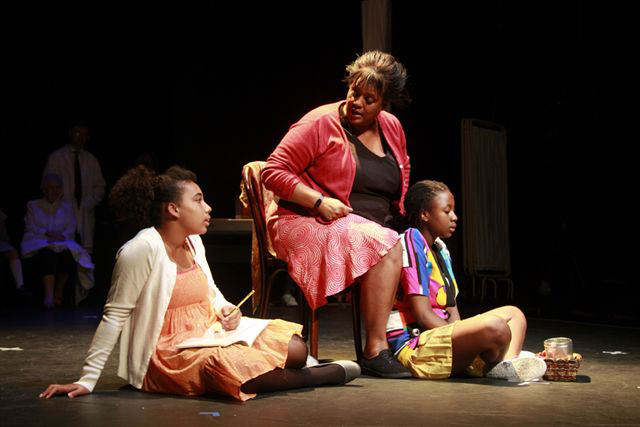
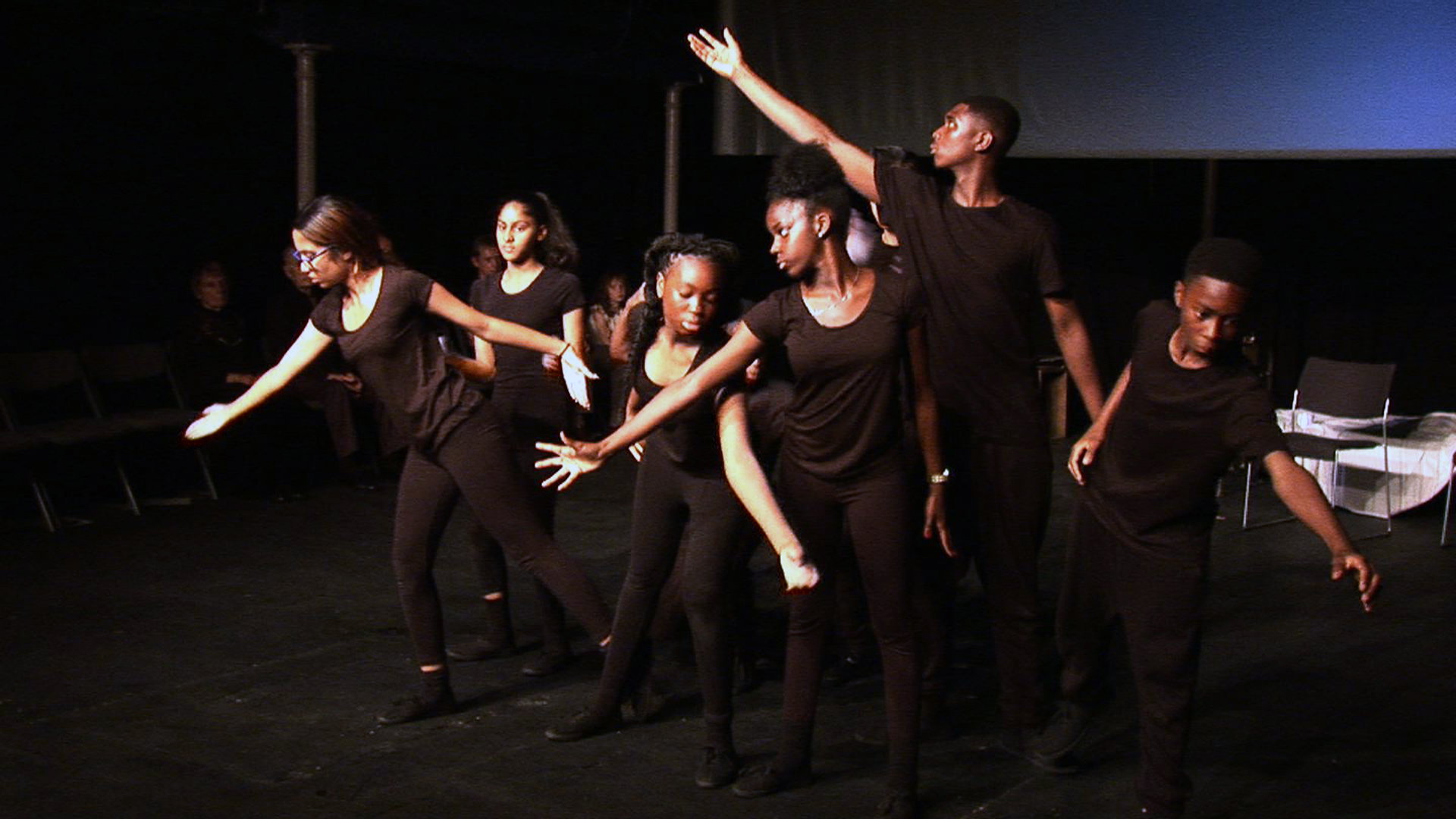
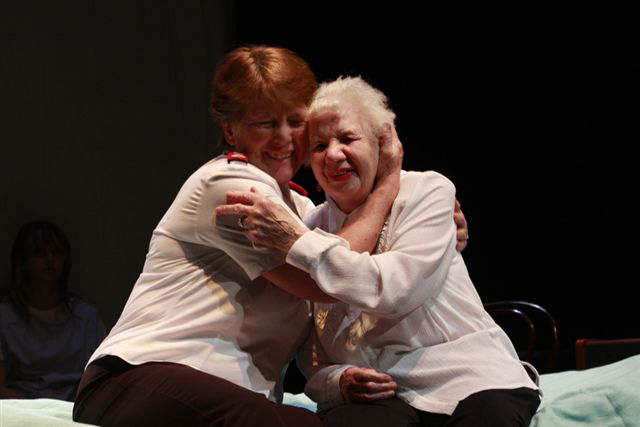
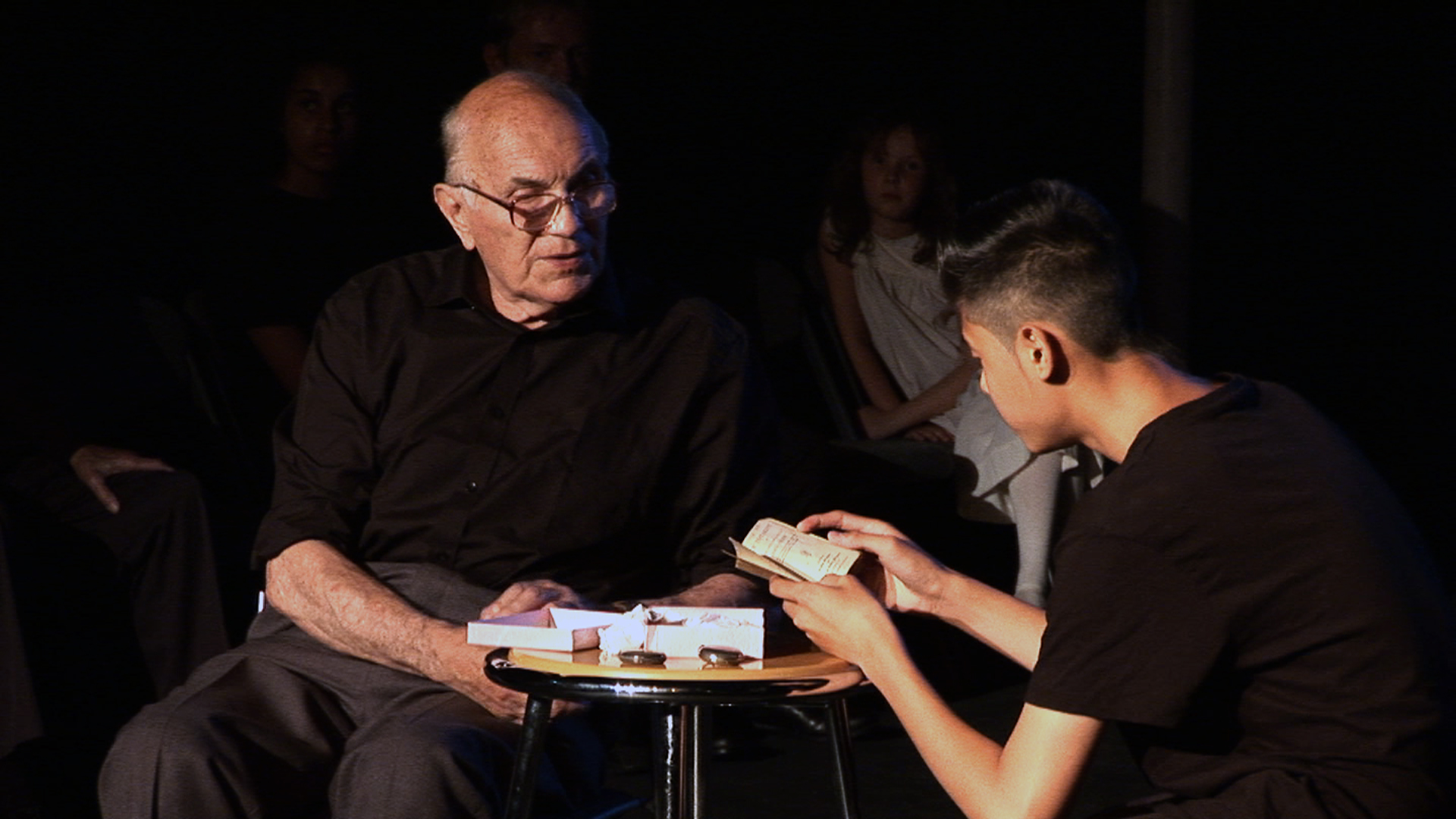
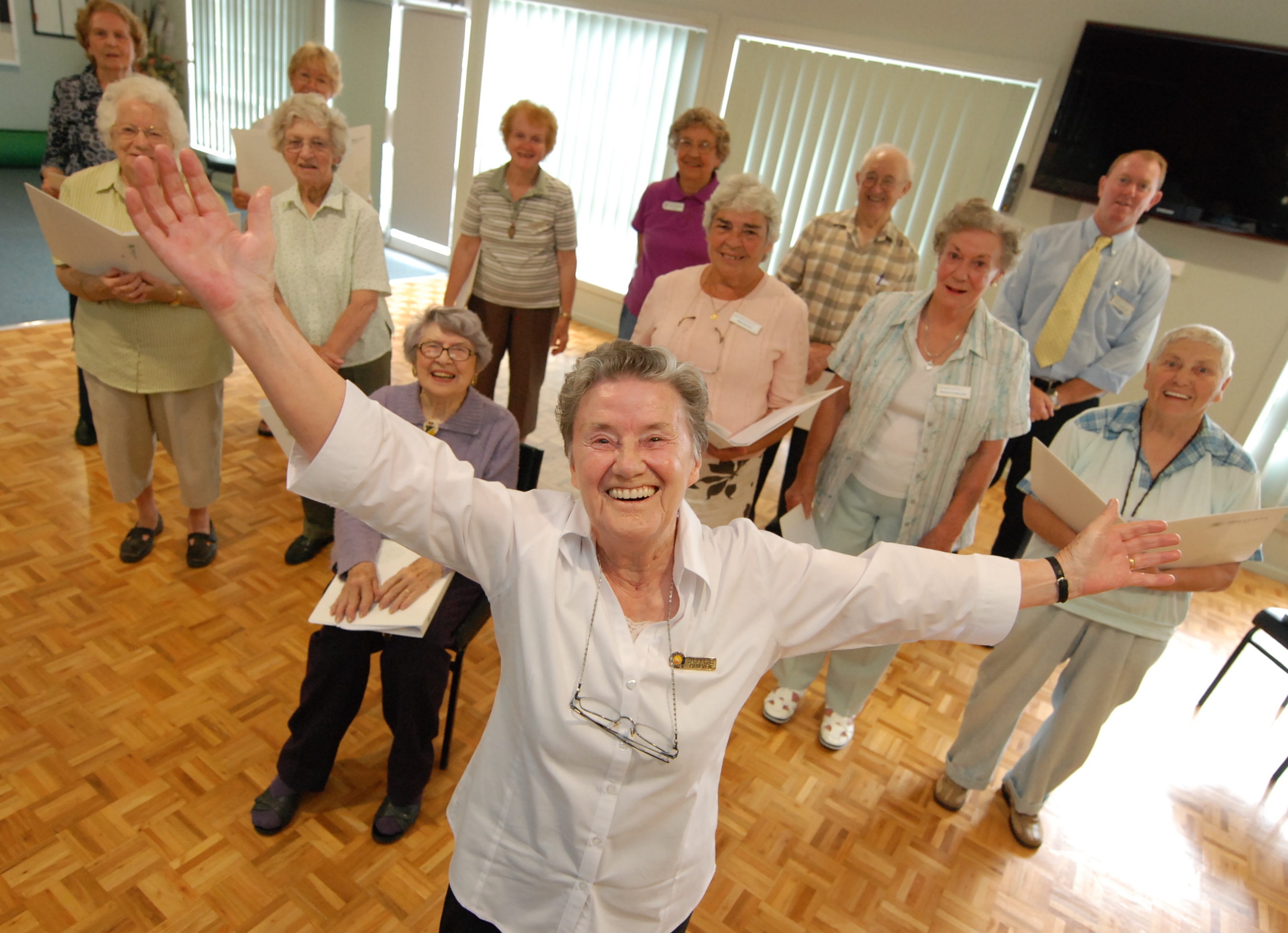


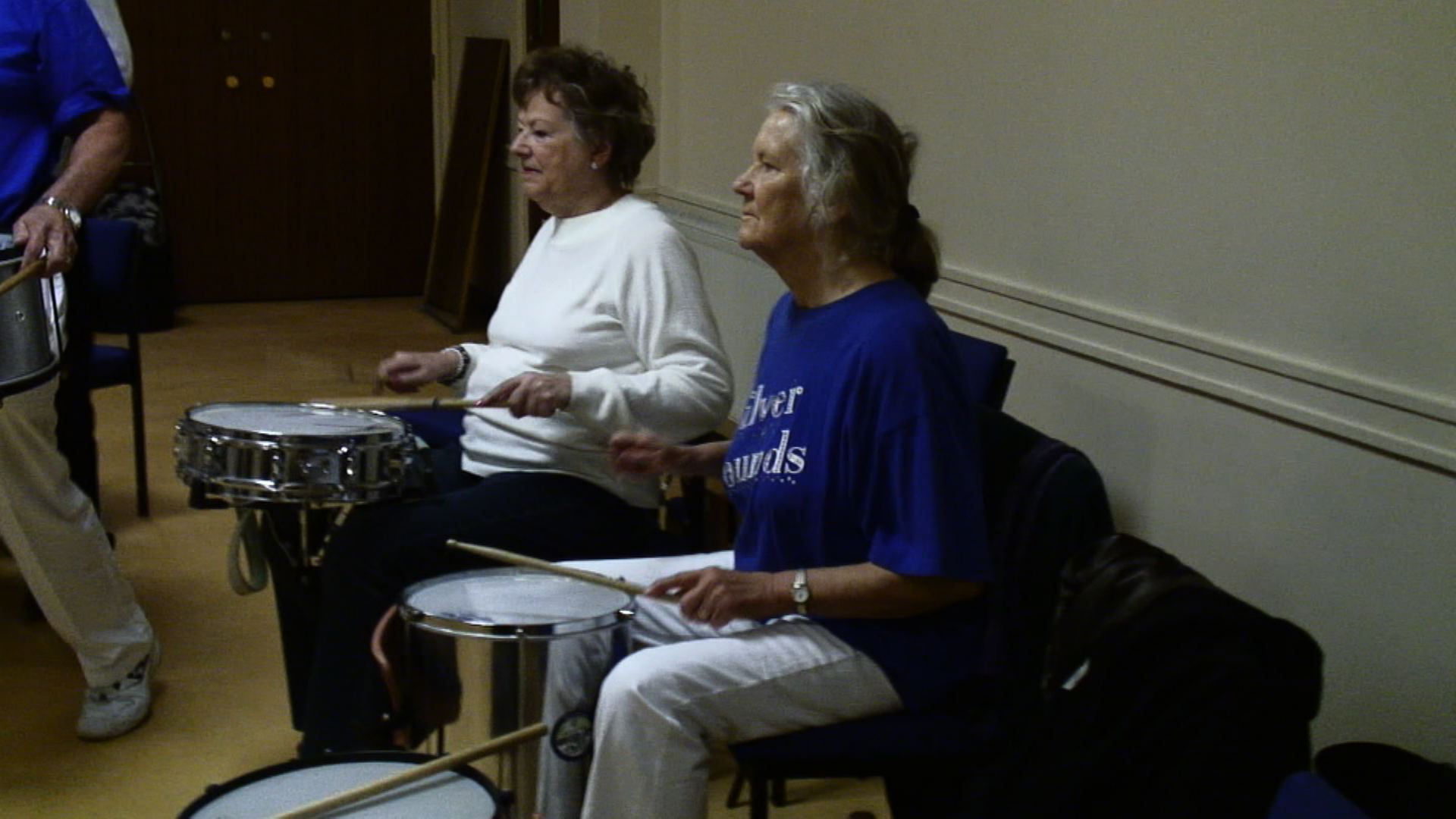
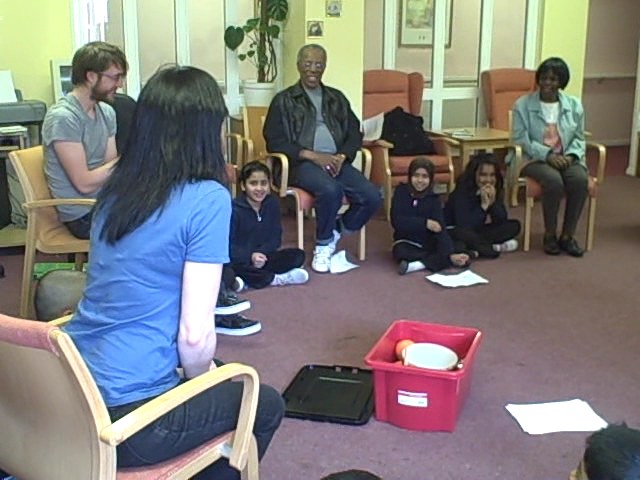
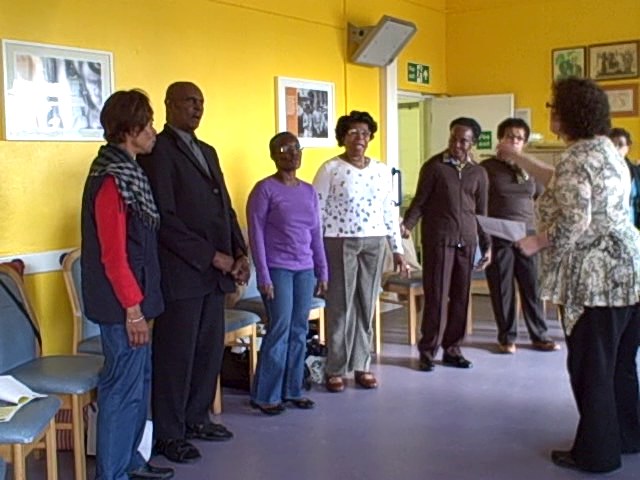
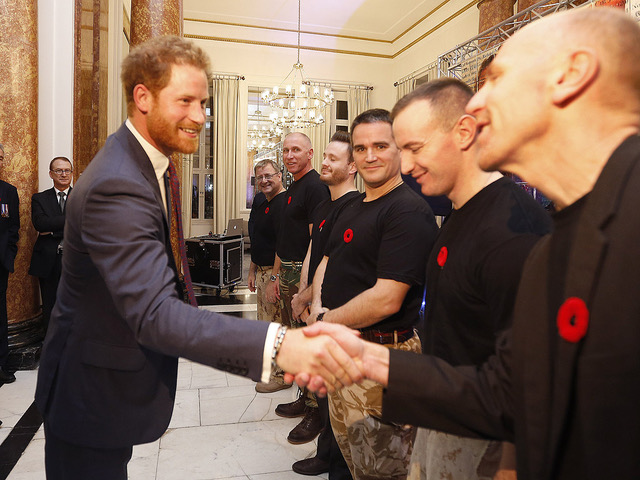
 “These veterans have journeyed from the battlefield to the counselling room to the theatre, where they perform their lived experiences,” George said.
“The play depicts loss, survivor’s guilt, but also shows the camaraderie and brotherhood … It shows their pain, hurt and inner struggles, but also the patterns and pathways towards healing.”
The process of months and years happens before our eyes on stage as these men, whom the public often see as indestructible, acknowledge they are partially broken and work as a group to start stitching the pieces back together to move forward.
The play, originally planned for just three performances, has been presented more than 20 times in Canada and the UK, reaching over two thousand people (military and non-military), including a performance for Canadian parliament and a private performance for Prince Harry.
“These veterans have journeyed from the battlefield to the counselling room to the theatre, where they perform their lived experiences,” George said.
“The play depicts loss, survivor’s guilt, but also shows the camaraderie and brotherhood … It shows their pain, hurt and inner struggles, but also the patterns and pathways towards healing.”
The process of months and years happens before our eyes on stage as these men, whom the public often see as indestructible, acknowledge they are partially broken and work as a group to start stitching the pieces back together to move forward.
The play, originally planned for just three performances, has been presented more than 20 times in Canada and the UK, reaching over two thousand people (military and non-military), including a performance for Canadian parliament and a private performance for Prince Harry.
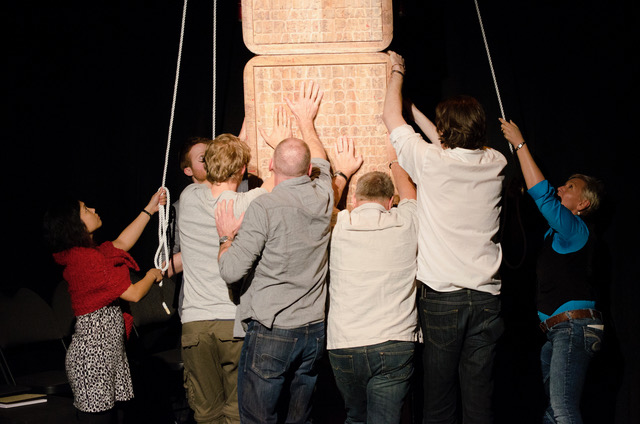 It will now be featured as part of the Cultural Program for the Invictus Games in Toronto, Canada, in late September, where wounded veterans from over 17 countries participate in adapted competitions.
A shorter one-act piece Unload will be performed as part of the 9th Annual International Arts and Health Conference at the Art Gallery of NSW.
“Seeing the veterans in our group perform for Prince Harry was incredible,” George said.
“I perform in the play, but it was seeing their synergy with the Prince, who also served in Afghanistan, that made the biggest impression.
“His reaction to both the play and art was very emotional – he got what we were doing.
“He understood trauma and sees the value of engaging in artistic ways to deal with mental health.
“He encouraged us to keep doing what we’re doing.”
It will now be featured as part of the Cultural Program for the Invictus Games in Toronto, Canada, in late September, where wounded veterans from over 17 countries participate in adapted competitions.
A shorter one-act piece Unload will be performed as part of the 9th Annual International Arts and Health Conference at the Art Gallery of NSW.
“Seeing the veterans in our group perform for Prince Harry was incredible,” George said.
“I perform in the play, but it was seeing their synergy with the Prince, who also served in Afghanistan, that made the biggest impression.
“His reaction to both the play and art was very emotional – he got what we were doing.
“He understood trauma and sees the value of engaging in artistic ways to deal with mental health.
“He encouraged us to keep doing what we’re doing.”
 But having seen the results for the veterans and the impact the play has had on others, little encouragement was needed.
Twenty-two veterans suicide every day in the US and, as well as helping the veterans with whom they worked, at least 15 military men who have seen the play have actively sought help for mental health. Anecdotally, a similar number of civilians have reached out for help.
“The project is about raising awareness that there is help for veterans to deal with their traumas,” George said.
“We hope that other countries recognise the group approach to dealing with veterans experiencing operational stress injuries.
“We also hope that our approach of using the arts to look at trauma can be useful to others.”
This has been a unique collaboration, specifically in the fact that the majority of “actors” are the veterans themselves, who have co-created the piece.
“The process of creating the artistic work helps continue their healing. We learned way more from the veterans than they likely learnt from us as civilians,” George said.
“Their humanity and courage to confront their trauma is hard to explain in words, and then to publicly perform their stories to others is quite phenomenal.”
But having seen the results for the veterans and the impact the play has had on others, little encouragement was needed.
Twenty-two veterans suicide every day in the US and, as well as helping the veterans with whom they worked, at least 15 military men who have seen the play have actively sought help for mental health. Anecdotally, a similar number of civilians have reached out for help.
“The project is about raising awareness that there is help for veterans to deal with their traumas,” George said.
“We hope that other countries recognise the group approach to dealing with veterans experiencing operational stress injuries.
“We also hope that our approach of using the arts to look at trauma can be useful to others.”
This has been a unique collaboration, specifically in the fact that the majority of “actors” are the veterans themselves, who have co-created the piece.
“The process of creating the artistic work helps continue their healing. We learned way more from the veterans than they likely learnt from us as civilians,” George said.
“Their humanity and courage to confront their trauma is hard to explain in words, and then to publicly perform their stories to others is quite phenomenal.”
 The traditional concepts of what makes a man – being tough, strong and reserved in emotions, wearing a uniform – had to be overcome, George said, with men needing the courage to release their emotions.
One of the central messages of the play is “you’re never alone”. Whether on the battlefield or at home, other vets “have your back”.
That made the difference for Corporal Tim Garthside, whose story is one of those played out.
Tim faced the unimaginable decision as to whether to send planes in to shoot a man on a roof carrying a rocket launcher. He gave the order. That man turned out to be a Canadian informant, leaving Tim to feel he had killed his men’s only hope.
“I spent so long suffering alone and in darkness. I was frozen on that day for 7.5 years,” Tim said.
“I moved through life like a robot. It took four months before I could stand in a grocery store line-up without feeling seething rage.”
After the show for Canadian parliament, Tim said “it allowed me to show the decision-makers of this country exactly what my experience was like in a way that’s so visceral – I force them to feel it”.
As for his feelings regarding the process, he said: “The gift this production has given me is I can let the emotion out – I can finally let it go.”
The traditional concepts of what makes a man – being tough, strong and reserved in emotions, wearing a uniform – had to be overcome, George said, with men needing the courage to release their emotions.
One of the central messages of the play is “you’re never alone”. Whether on the battlefield or at home, other vets “have your back”.
That made the difference for Corporal Tim Garthside, whose story is one of those played out.
Tim faced the unimaginable decision as to whether to send planes in to shoot a man on a roof carrying a rocket launcher. He gave the order. That man turned out to be a Canadian informant, leaving Tim to feel he had killed his men’s only hope.
“I spent so long suffering alone and in darkness. I was frozen on that day for 7.5 years,” Tim said.
“I moved through life like a robot. It took four months before I could stand in a grocery store line-up without feeling seething rage.”
After the show for Canadian parliament, Tim said “it allowed me to show the decision-makers of this country exactly what my experience was like in a way that’s so visceral – I force them to feel it”.
As for his feelings regarding the process, he said: “The gift this production has given me is I can let the emotion out – I can finally let it go.”
